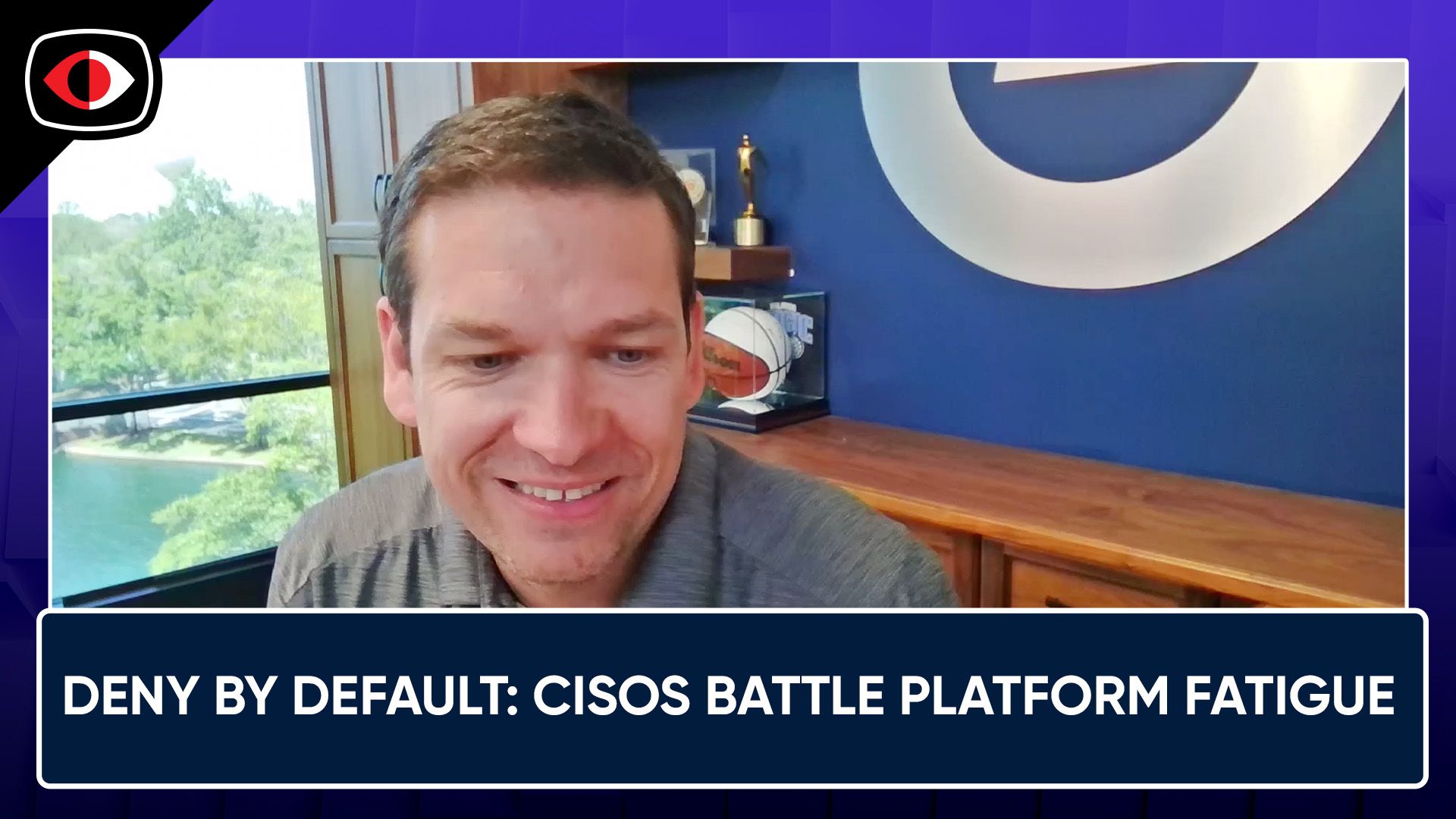Default deny is an old, and very recognizable term in security. Most folks that have been in the industry for a long time will associate the concept with firewall rules. The old network firewalls, positioned between the public Internet and private data centers, however, were relatively uncomplicated and static. Most businesses had a few hundred firewall rules at most.
The idea of implementing default deny principles elsewhere were attempted, but without much success. Internal networks (NAC), and endpoints (application control 1.0) were too dynamic for the default deny approach to be feasible. Vendors built solutions, and enterprises tried to implement them, but most gave up.
Default deny is still an ideal approach to protecting assets and data against attacks - what it needed was a better approach. An approach that could be implemented at scale, with less overhead. This is what we’ll be talking to Threatlocker’s CEO and co-founder, Danny Jenkins, about on this episode. They seemed to have cracked the code here and are eager to share how they did it.
This segment is sponsored by ThreatLocker. Visit https://www.securityweekly.com/threatlocker to learn more about them!
Danny Jenkins, CEO & Co-Founder of ThreatLocker, a cybersecurity firm providing Zero Trust endpoint security, is a leading cybersecurity expert with over two decades of experience building and securing corporate networks, including roles on red and blue teams. He is dedicated to educating industry professionals about the latest cyber threats and frequently speaks on the topics of ransomware and Zero Trust.
I'll be running an panelcast with Fastly, titled Security Without Speed Bumps: Using WAF Simulator to Transform DevSecOps Workflows. Join me for this exciting webcast on April 16th. To register for this panelcast, go to securityweekly.com/WAF











